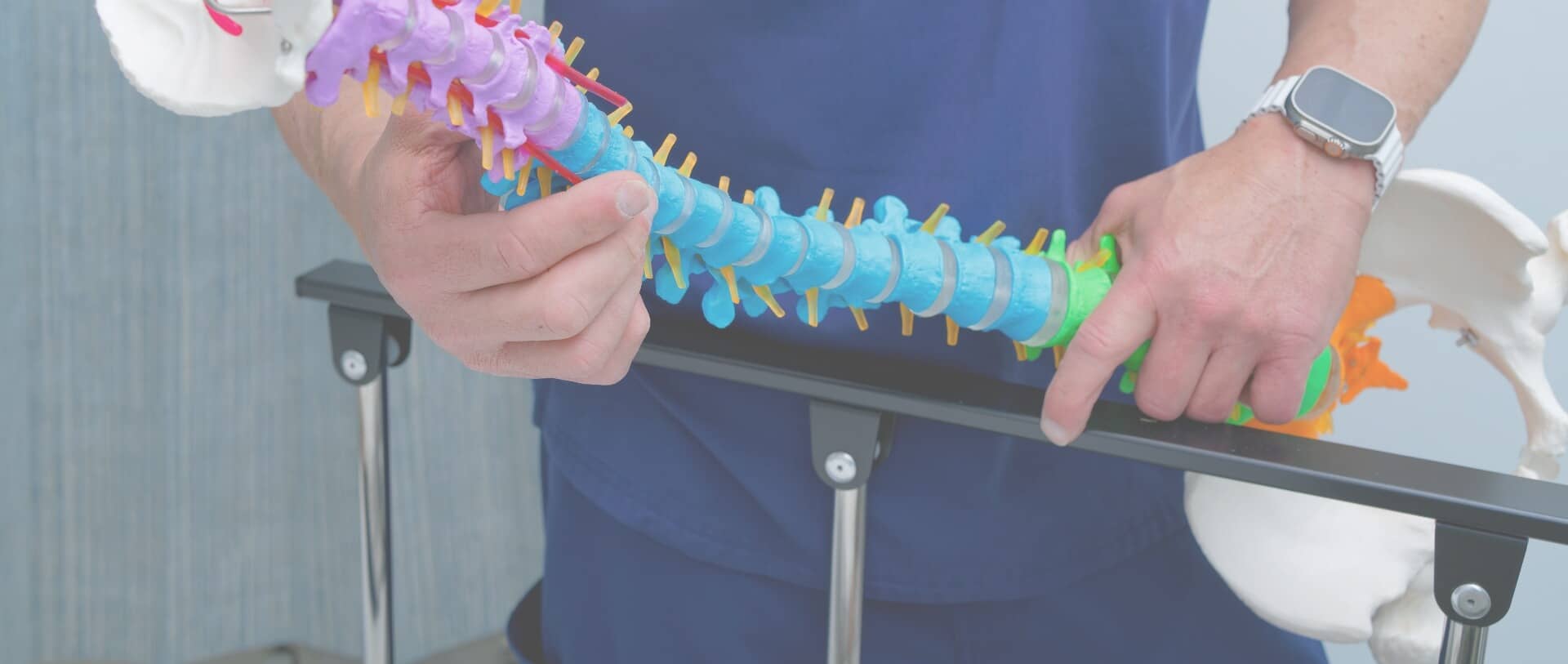
PROCEDURES
Vertebroplasty
When you suffer a spinal fracture, there is a risk of the affected bone collapsing, which can be debilitating. Fortunately, Dr. Jamie Gottlieb offers a solution that strengthens and provides support to the vertebrae without requiring fusion: the vertebroplasty procedure. Trust the expertise of Dr. Gottlieb and the rest of our team at Gottlieb Spine. Contact us today to schedule an appointment.
What is Vertebroplasty?
Vertebroplasty is a procedure done to treat spinal fractures. The procedure involves the injections of specialized bone cement into the fractured vertebrae to reinforce and restabilize it. This limits painful movements of your spine and promotes healing of the injury
The goal of the vertebroplasty procedure is to relieve pain, stabilize the fractured vertebrae, and prevent further collapse of the bone. The injected bone cement provides structural support; think of it as an internal cast for the spine.
Because it’s a minimally invasive procedure, vertebroplasty is known for its relatively quick pain relief and improved mobility. Patients are often able to resume their normal activities shortly after the procedure.
What Conditions Does Vertebroplasty Treat?
A vertebroplasty is used to treat compression fractures in the spine. A compression fracture may show symptoms such as:
- Sudden onset of intense shooting back pain
- Gradually intensifying back pain
- Development of a stooped-over or hunched-over posture, also known as kyphosis
- Increased pain while standing or walking
- Alleviation of pain when lying on your back
- Reduced mobility in the back
- Decreased height due to vertebral collapse
- Numbness, tingling, or weakened muscles in your arms and legs
- Loss of bowel or bladder control, caused by nerve damage
Compression fractures can result from a variety of underlying conditions and factors, such as:
- Osteoporosis: As the most common cause of spinal fractures, osteoporosis weakens the bones and makes them more susceptible to injury.
- Trauma: Fractures can result from falls, car accidents, or anything that causes significant impact to the spine
- Spinal tumors: Some cancerous tumors that spread to the spine can weaken the vertebral bones, leading to compression fractures.
What Happens During the Vertebroplasty Procedure?
Vertebroplasty is a relatively quick procedure, typically taking 30 minutes to an hour – per treated vertebrae. During the surgery, your surgeon will follow this procedure:
- Anesthesia: A local anesthetic is applied to numb the skin and tissues around the fractured vertebrae,
- Needle insertion: Using real-time X-ray guidance, also known as fluoroscopy, to ensure precision, the surgeon inserts a thin, hollow needle through the skin and into the fractured vertebral body. Fluoroscopy provides live imaging to help guide the needle to the exact location of the fracture.
- Cement injection: Once the needle is in the desired position, a specialized bone cement is slowly and carefully injected into the fractured vertebra. The cement is usually a medical-grade acrylic material and is mixed with a contrast dye to make it visible under fluoroscopy, allowing the surgeon to monitor its distribution.
- Stabilization: As the cement is injected, it fills the spaces within the fractured vertebra, stabilizing the bone.
- Completion: After the surgeon confirms that the cement is adequately distributed and that the desired stability has been achieved, the needle is carefully removed. The small incision is typically closed with a sterile bandage or a few sutures.
As the bone cement hardens quickly – typically within an hour – patients often experience immediate pain relief. It’s important to note that vertebroplasty does not treat the underlying condition that may have caused the fracture, but will address the immediate pain and stability issues associated with the injury.
What is the Difference Between a Kyphoplasty and a Vertebroplasty?
Both kyphoplasty and vertebroplasty aim to alleviate back pain and symptoms resulting from a spinal fracture. Nonetheless, the choice between kyphoplasty and vertebroplasty relies on various factors. Your specific diagnosis and Dr. Gottlieb’s guidance are pivotal.
The primary distinction between the procedures lies in the utilization of an inflatable balloon to generate a cavity for the injection of bone cement in kyphoplasty, whereas vertebroplasty involves the direct injection into the fractured vertebral bone.
Vertebroplasty is generally considered a simpler procedure compared to kyphoplasty. It takes less time to perform and does not require the additional step of inserting and inflating the balloon before injecting the cement. Both procedures have their advantages, and the choice between the two should be made on an individual basis, taking into account your own needs and condition.

The Best Doctor for Vertebroplasty
When choosing the best doctor for vertebroplasty, expertise and experience are important. Dr. Jamie Gottlieb is among the top choices for this procedure with a deep understanding of the spine, meticulous surgical technique, and a commitment to patient care. He has earned a reputation as a trusted and proficient surgeon in the field of vertebroplasty. Contact us today to schedule a consultation and determine if you are a candidate for this procedure.
SCHEDULE A CONSULTATION